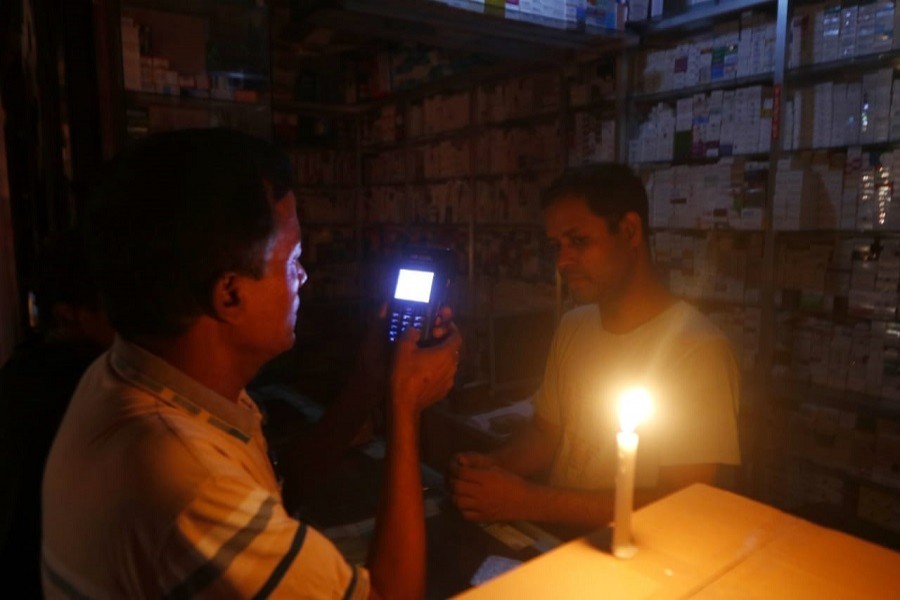Instability in the global energy market and a rise in import cost due to a dollar price hike brought back rolling blackouts to Bangladesh in mid-2022 and the government hoped the situation would improve by the end of September, but it has rather worsened into the second week of October.
The length of power cuts has doubled in some areas, compounding the suffering of people in sweltering heat at night. Water pumps are not working without power in a double blow.
The power distributors say that a rise in temperature has driven the demand, worsening the situation as production could not be increased.
The maximum temperature on Sunday was 35.7 degrees Celsius in Chuadanga and Rajshahi. It was 35.5 degrees Celsius in Dhaka and there will be no respite from the heat for some more days, Bangladesh Meteorological Department said.
Amid the heat, the demand for power is around 15,000 megawatts, but the power plants are producing only between 12,000 and 13,500 MW, leading to a shortage of 1,500 MW to 3,000 MW.
Officials said production has decreased further recently because the engineers and technicians at the power plants are maintaining “extreme caution” during work after last week’s national grid disaster that caused a crippling blackout of around eight hours in over half of the country.
For example, an official said, a plant with a 250 MW capacity usually generates 180-190 MW but its production has fallen to 120-150 MW after the grid failure. The official requested anonymity as he was not authorised to speak about the matter.
In this situation, many areas in Dhaka are experiencing more power cuts than scheduled by the distributors.
Tariqul Islam, a resident of Rampura, said power cuts are occurring every three hours - each one hour long. “It means eight power cuts a day. How cruel! The heat becomes unbearable during the blackouts, and water supply stops. It has become difficult to cope up with the situation.”
Shahnaz Parveen, a resident of Azimpur, said she had bought a refrigerator less than two years ago but its power system broke down due to the outages. “We’re suffering immense losses due to the power cuts. The children can’t study during the power cuts and they don’t pay attention when electricity is restored.”
Officials cited a range of issues behind the worsening electricity crisis.
They said many units of several power plants have been closed due to technical issues while gas supply to the plants has dropped. A number of private power plants cannot go to full production due to these reasons.
Another official, who also requested anonymity, said some plants have cut production because of dues of four to five months.
The distributors said they think the situation will not improve before demand falls during winter.
“The use of fans and air-conditioners has increased due to the heat, intensifying the load,” said Bikash Deswan, managing director of Dhaka Power Distribution Company.
Kausar Ameer Ali, managing director of Dhaka Electric Supply Company, said: “We’re supplying what we’re getting from the Power Development Board. But the demand is exceeding the supply.”
“PDB has told us it is not getting gas to produce electricity. We can’t match supply with demand because of low production.”


